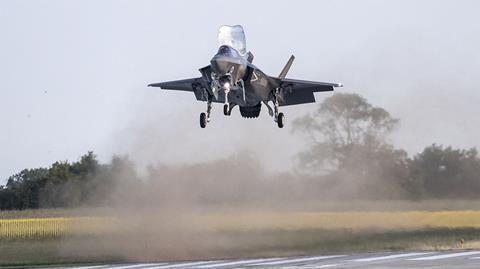After spending billions of dollars over decades to develop custom-made aircraft, the US Marine Corps (USMC) intends get rid of a large portion of its bespoke fleet.
The service says it is not optimised to fight a war in the Western Pacific with China, and believes it must drastically reshape itself to beat Beijing in a missile shooting contest.

It is, to paraphrase one of the Marine Corps’ most famous leaders, General O P Smith, not a retreat, they are simply attacking in a different direction.
The pivot comes after the USMC dragged the US Congress, as well as the nation’s air force and navy, into overly ambitious aircraft development projects, notably the Lockheed Martin F-35B: the short take-off and vertical landing (STOVL) variant of the stealth fighter. Other Marine Corps-led programmes include the Bell Boeing MV-22 tiltrotor and the Sikorsky CH-53K King Stallion heavy-lift helicopter.
All three aircraft have experienced major schedule and budget overruns, and required much work to bring them back on track.
While historically the smallest branch in the US military, the service has the biggest appetite – but often bites off more than it can chew.
For example, the Joint Strike Fighter programme in many ways was built around the USMC’s insistence that it needed a STOVL fighter to replace the Boeing AV-8B Harrier IIs on its amphibious assault ships. It was decided to prioritise the B-model variant, because the technical challenges were greater than those for the more conventional A and C variants for the air force and navy, respectively.
The F-35 became a jack of all trades, but master of none, and compromises to merge the three variants still plague the aircraft. Many in the US Air Force wish the service had instead kept buying Lockheed’s F-22 Raptor.
The MV-22 and CH-53K have fared little better and, unlike the F-35, have scored little in the way of export success.
Of course, the capabilities offered by all the aircraft are second to none. But as in all walks of life, bespoke solutions are more costly than those available off the shelf.
With that in mind, the USMC should be applauded for abandoning bad concepts and an insistence on expensive solutions.
If truck-mounted anti-ship missiles, unmanned air vehicles and defensive laser weapons are a pragmatic and cheap way to beat Beijing, then “oo-rah!”
But in future, Congress and the Department of Defense should ask more searching questions before signing up for the Corps’ next big idea.


























